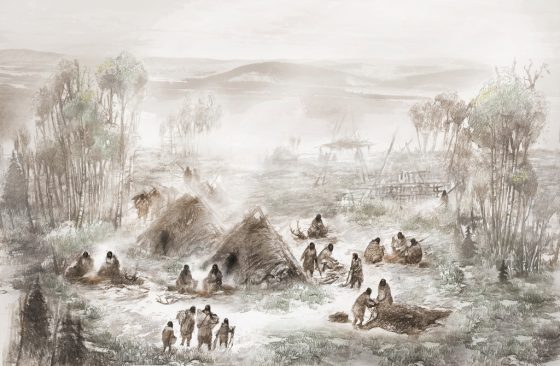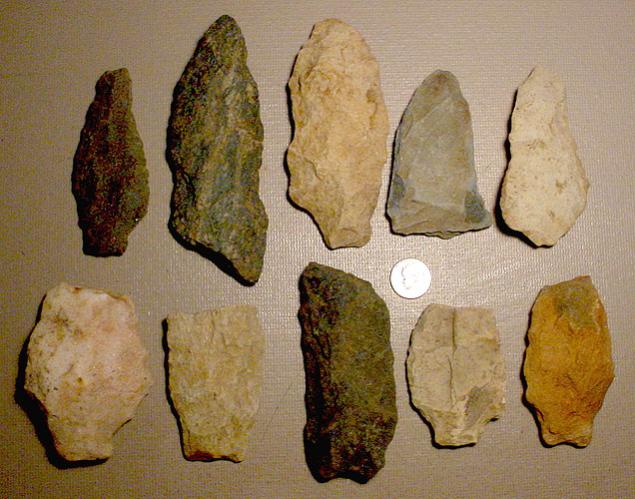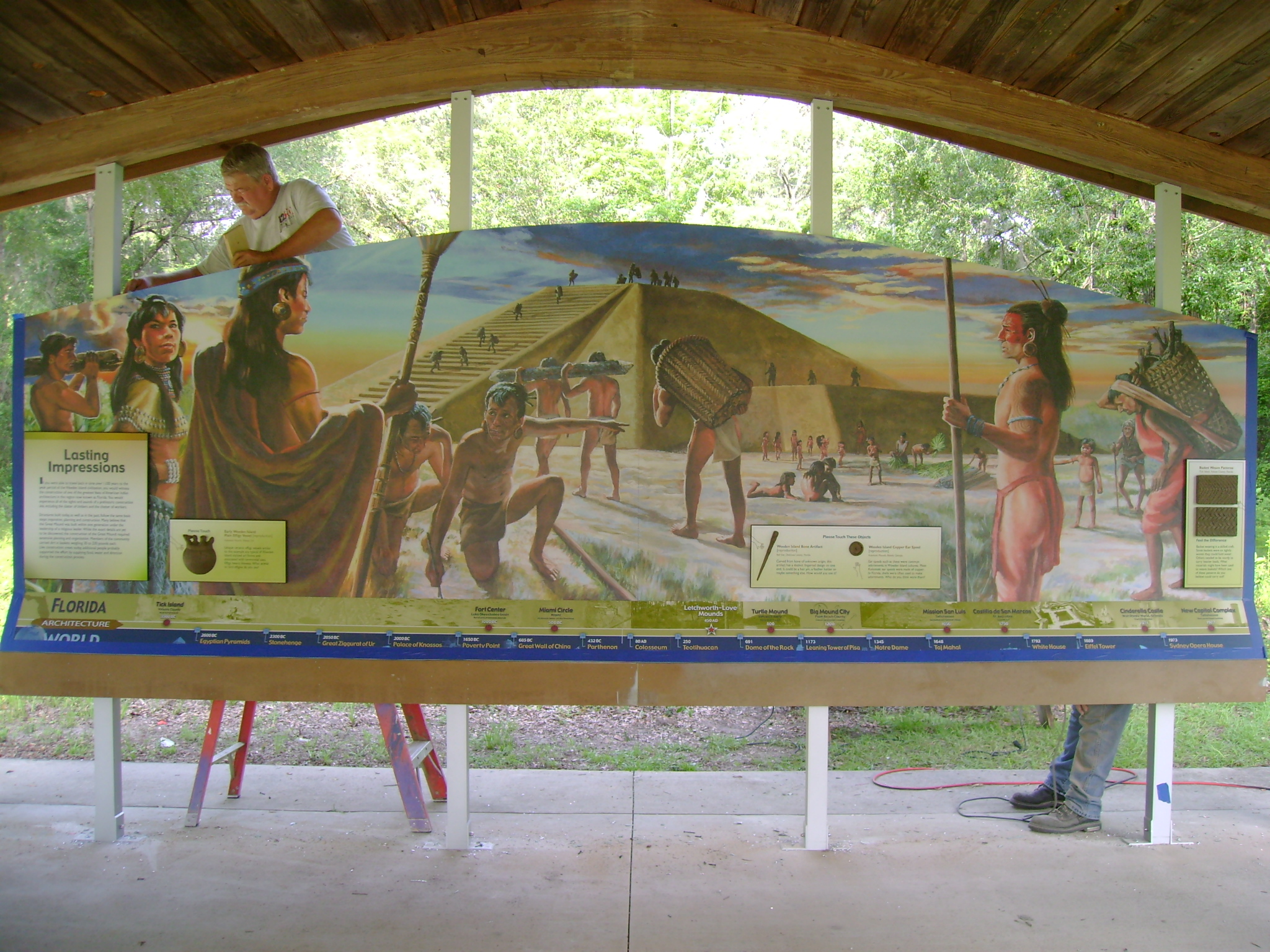DNA Reveals New, Unknown Ancestors of Early Native Americans

The latest research shows a heretofore unknown lineage of Native Americans called the Ancient Beringians that eventually went extinct. Research has shown that all modern Native American groups descend from two separate migrations of people from Siberia. One migration led to what scientists call the “Northern Group” which includes most of the tribes in Canada as well as the Navajo and Apache. A second migration led to what scientists call the “Southern Group” which includes all the other tribes including those of Central and South America. Yet the Ancient Beringians preceded these two groups but for some unknown reason have no modern descendants today. Read the full story below:
In the Bones of a Buried Child, Signs of a Massive Human Migration to the Americas
By Carl Zimmer
The girl was just six weeks old when she died. Her body was buried on a bed of antler points and red ocher, and she lay undisturbed for 11,500 years.
Archaeologists discovered her in an ancient burial pit in Alaska in 2010, and on Wednesday an international team of scientists reported they had retrieved the child’s genome from her remains. The second-oldest human genome ever found in North America, it sheds new light on how people — among them the ancestors of living Native Americans — first arrived in the Western Hemisphere.
The analysis, published in the journal Nature, shows that the child belonged to a hitherto unknown human lineage, a group that split off from other Native Americans just after — or perhaps just before — they arrived in North America.
“It’s the earliest branch in the Americas that we know of so far,” said Eske Willerslev of the University of Copenhagen, a co-author of the new study. As far as he and other scientists can tell, these early settlers endured for thousands of years before disappearing.
Read the full story at the NYTimes: https://www.nytimes.com/2018/01/03/science/native-americans-beringia-siberia.html?smid=tw-share



